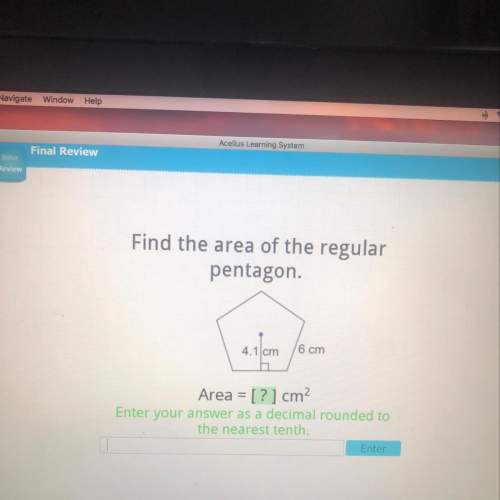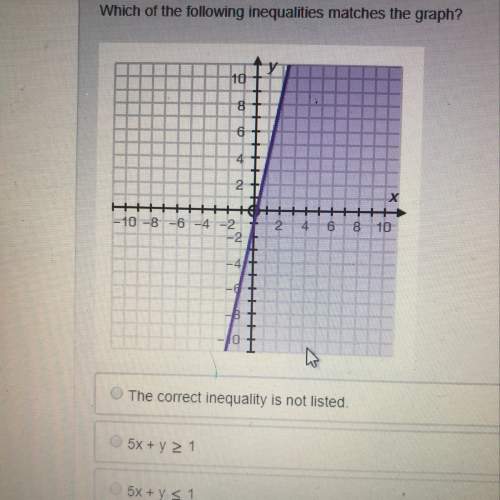
Mathematics, 18.04.2020 00:44 melekatoa
Ccording to researchers, a coin flip may not have a 50% chance of landing heads and a 50% chance of landing tails. In fact, they believe that a coin is more likely to land the same way it started. So if it starts out heads up, it is more likely to land heads up. Suppose someone tests this hypoth- esis with 1,000 flips of a coin where it starts out heads up each time. a. Describe what the symbol a stands for in this context. b. State your null and alternative hypotheses. c. Suppose 52% of the sample of 1,000 flips landed heads facing up. Verify the validity conditions that allow us to use a theory-based test. d. A theory-based test reports a standardized statistic of 1.26. Interpret what this means. e. A theory-based test reports a p-value of 0.1030. State your conclusion in terms of strength of evidence and what that means in the context of the study.

Answers: 3


Other questions on the subject: Mathematics

Mathematics, 21.06.2019 14:50, ayoismeisalex
Name the most appropriate metric unit for each measurement like a length of an carrot
Answers: 2

Mathematics, 21.06.2019 18:30, gabrielaaaa1323
At the olympic games, many events have several rounds of competition. one of these events is the men's 100-meter backstroke. the upper dot plot shows the times (in seconds) of the top 8 finishers in the final round of the 2012 olympics. the lower dot plot shows the times of the same 8 swimmers, but in the semifinal round. which pieces of information can be gathered from these dot plots? (remember that lower swim times are faster.) choose all answers that apply: a: the swimmers had faster times on average in the final round. b: the times in the final round vary noticeably more than the times in the semifinal round. c: none of the above.
Answers: 2

Mathematics, 21.06.2019 21:00, natjojo0512
Rewrite the following quadratic functions in intercept or factored form. show your work. f(x) = 3x^2 - 12
Answers: 1

Mathematics, 22.06.2019 01:00, SpeechlessZzz9920
For every corresponding pair of cross sections, the area of the cross section of a sphere with radius r is equal to the area of the cross section of a cylinder with radius and height 2r minus the volume of two cones, each with a radius and height of r. a cross section of the sphere is and a cross section of the cylinder minus the cones, taken parallel to the base of cylinder, is the volume of the cylinder with radius r and height 2r is and the volume of each cone with radius r and height r is 1/3 pie r^3. so the volume of the cylinder minus the two cones is therefore, the volume of the cylinder is 4/3pie r^3 by cavalieri's principle. (fill in options are: r/2- r- 2r- an annulus- a circle -1/3pier^3- 2/3pier^3- 4/3pier^3- 5/3pier^3- 2pier^3- 4pier^3)
Answers: 3
You know the right answer?
Ccording to researchers, a coin flip may not have a 50% chance of landing heads and a 50% chance of...
Questions in other subjects:





Mathematics, 05.09.2019 20:30


History, 05.09.2019 20:30

History, 05.09.2019 20:30







